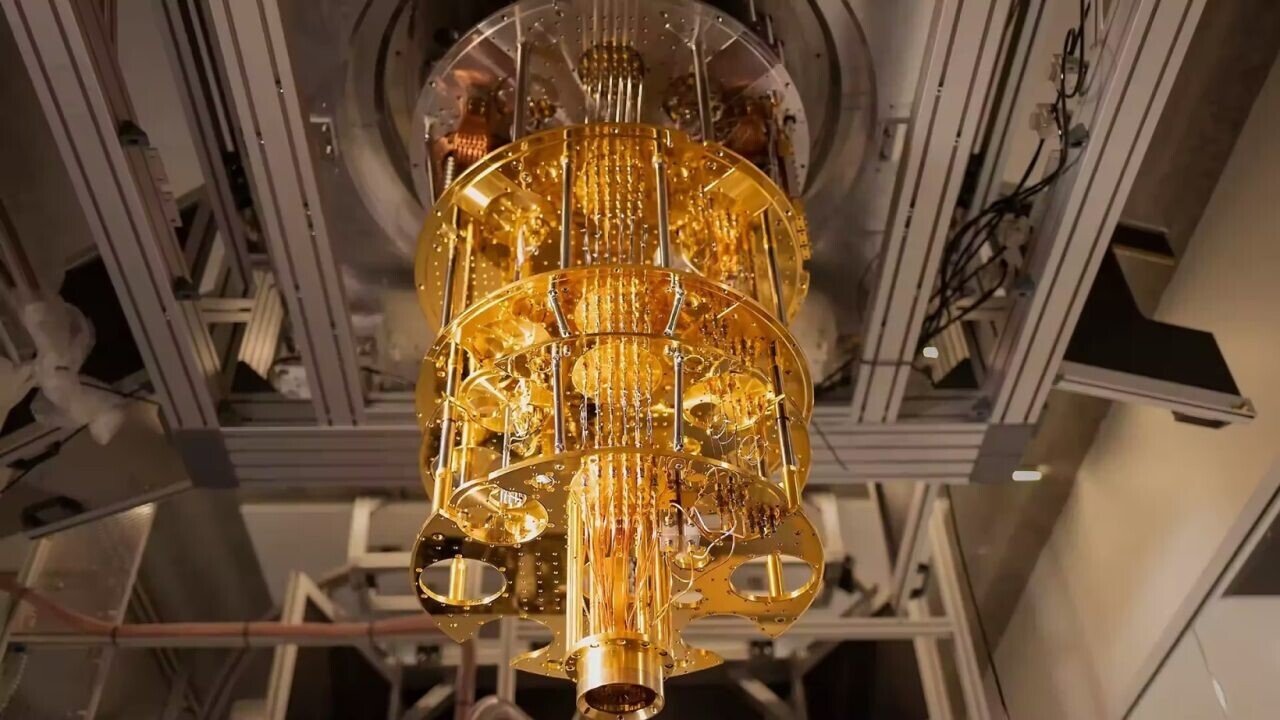
Tech giant Microsoft and leading quantum computer developer Quantinuum have hit two more significant markers on the path towards scientific quantum advantage. They have successfully created 12 highly reliable logical qubits and demonstrated a hybrid end-to-end chemistry simulation, utilising a combination of HPC, AI, and quantum.
The logical qubit breakthrough was achieved on Quantinuum’s H2 trapped-ion 56 physical qubit quantum computer using Microsoft’s Azure Quantum’s qubit-virtualisation system. It triples the pair’s previous achievement of four reliable logical qubits, announced in April this year.
The team also demonstrated several fault-tolerant computations with the improved logical qubits which, when entangled, have a circuit error rate 22 times better than the corresponding physical qubit error rate.
Hybrid classical-quantum chemistry solution
Microsoft also used two logical qubits on Quantinuum’s H1 machine integrated with artificial intelligence and cloud high-performance computing (HPC) to solve a real-world chemistry problem, namely a case study on catalytic reactions producing chiral molecules.
This is a significant step on the way towards quantum advantage — the milestone when a quantum computer can solve a problem near-impossible for a classical system to compute.
According to Microsoft, this is the very first time an HPC system, AI, and quantum computing hardware have been deployed together to solve a specific scientific problem. The tech giant intends to integrate these applications into a commercial offering for its Azure Quantum computing platform.
Logical vs. physical qubits
A slight recap might be in order here on physical qubits vs logical qubits. Physical qubits are the parts that function analogously to bits in a classical computer. They can be things like tiny particles (like electrons), superconducting circuits, or even atoms. They leverage quantum mechanics to perform computations much faster than classical bits. However, they are prone to errors due to “noise” entering the system.
Logical qubits on the other hand are more robust and made up of several physical qubits. Essentially, they are a higher-level abstraction with codes that allow errors to be detected and corrected without the need for direct observation which can disturb the quantum state of the physical qubits.
Microsoft today also announced a new project in partnership with Atom Computing to build “the world’s most powerful quantum machine” using the California-based startup’s neutral atom hardware. This will also be made accessible through Azure.
Get the TNW newsletter
Get the most important tech news in your inbox each week.





